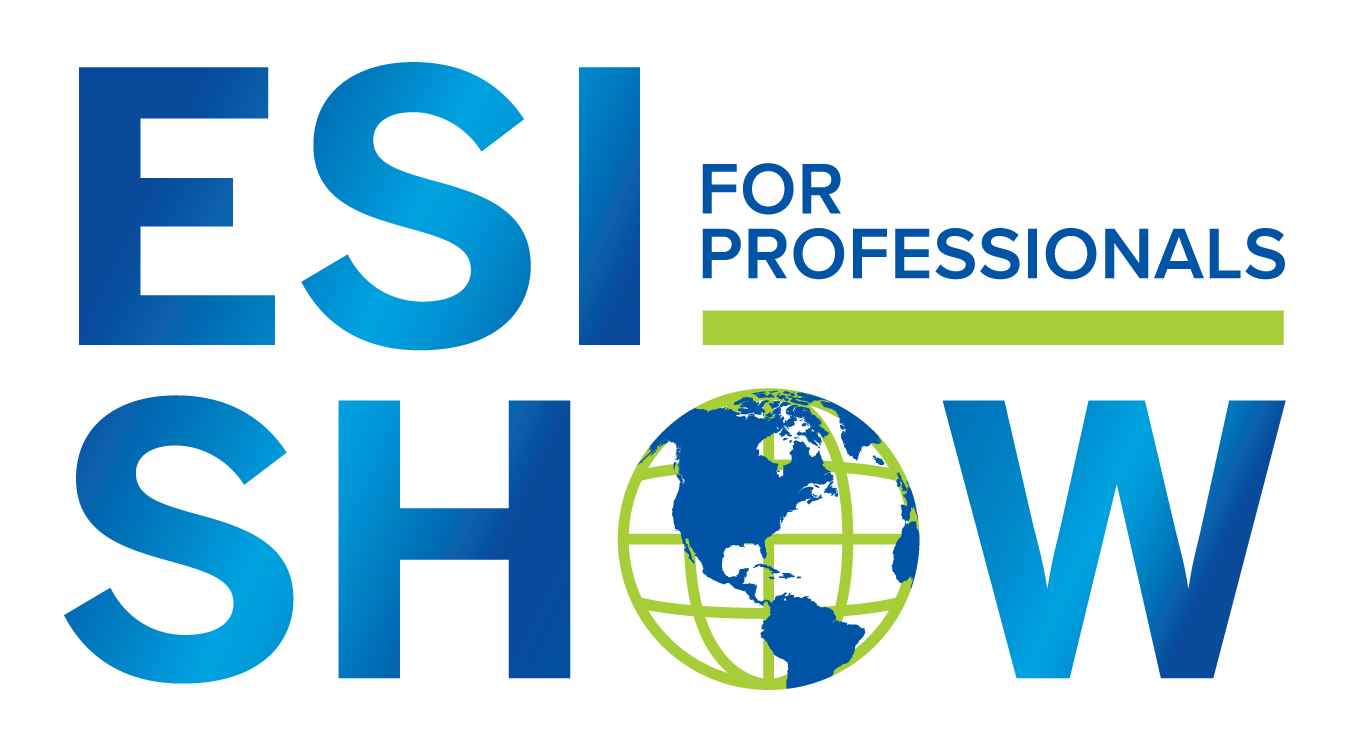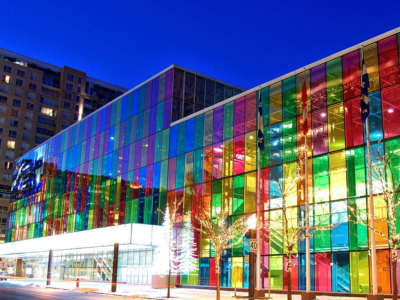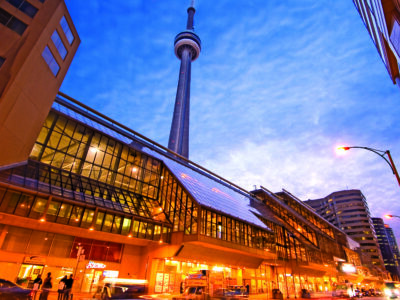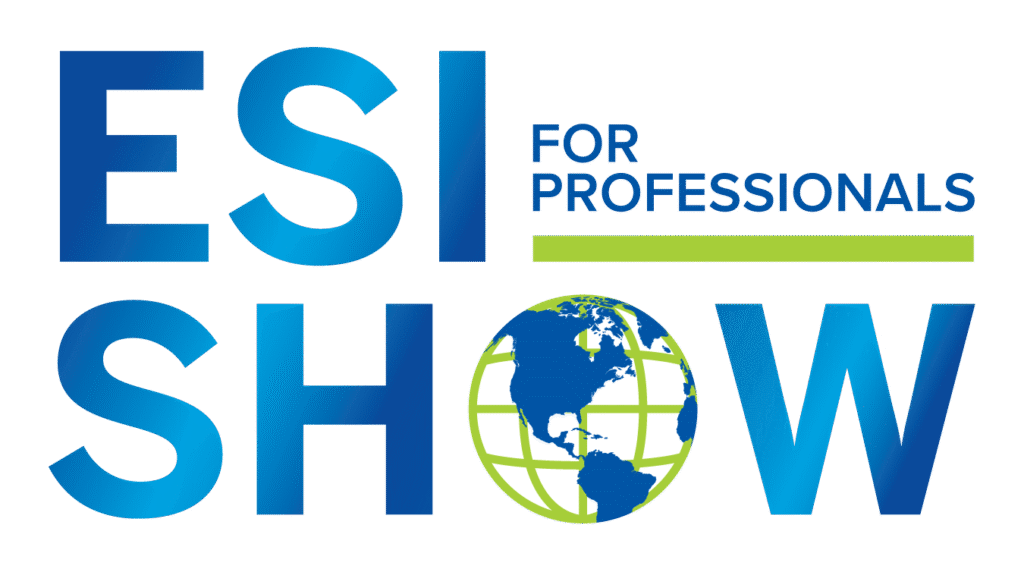A typical microcurrent facial begins the same as a regular facial treatment, with cleansing, exfoliation, masking and other optional add-ons like LED light therapy. Before the microcurrent process starts, a water-based conductive gel is applied to the skin to help the currents reach the facial muscles and to prevent any stinging.
Celebrity facialist Joanna Vargas, known for her transformative microcurrent facials, explains the microcurrent experience to Byrdie perfectly: “The microcurrent facial uses two handheld prongs that deliver precise dosages of energy to the skin and work simultaneously to repair and produce collagen in the dermis while gently erasing signs of aging in the epidermis, which is the top layer of skin.”
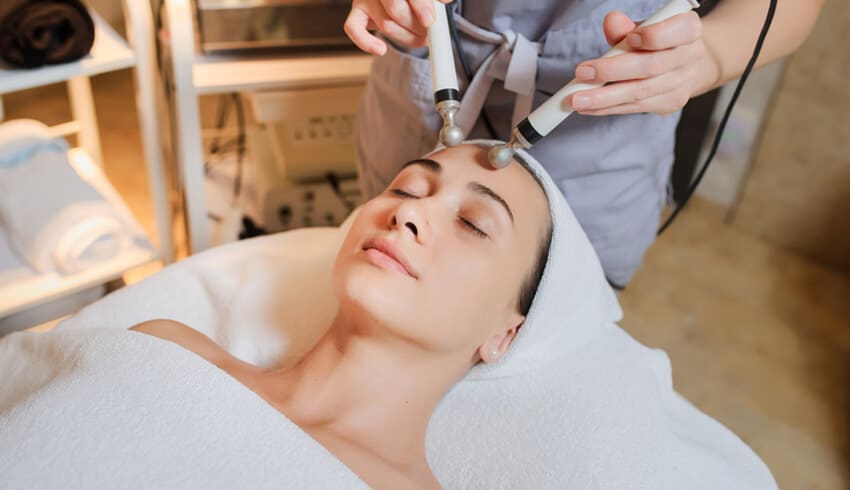
How Exactly Does A Microcurrent Facial Work?
Although microcurrent facials may be a new service in the skin care space, doctors and physiotherapists have been using microcurrent therapy as a muscle stimulator since the 1980s for pain relief and even facial paralysis conditions, like Bell’s palsy. Once the face-lifting effects were noticed by the beauty industry, it wasn’t long before the microcurrent device was adopted as a skin care tool.
When you think of microcurrent therapy in the same way as physical fitness, the process makes perfect sense. Regular exercise and lifting weights work the muscles in the body to build strength and create a toned appearance, so why not do the same for the face?
Microcurrent therapy helps strengthen facial muscles by stimulating the production of (ATP), formally known as adenosine triphosphate. ATP is the energy currency for our bodies, essential for many processes in our cells including muscle contraction. According to a study in Clinical Orthopaedics and Related Research, the low-grade electricity emitted from microcurrent devices stimulates ATP production, which allows for muscle contraction that strengthens facial muscles over time.
Benefits Of Microcurrent Therapy
The coolest thing about microcurrent facials is that most Clients will notice instant results, making it the perfect non-invasive skin care treatment. Microcurrent also doubles as a lymphatic drainage massage given the device hits a lot of pressure points in the face, so a more defined appearance is almost guaranteed.
Microcurrent facials tighten and smooth the muscles and connective tissues in the face and have been shown to reduce wrinkles, mostly around the forehead area. Clients will notice enhanced facial features and a more lifted, sculpted and awakened appearance. This treatment can also improve blood circulation and may stimulate collagen production in the dermis, resulting in healthier, more plump-looking skin.
Microcurrent therapy also offers a variety of non-cosmetic benefits, including faster wound healing, reduced pain from sinus congestion, and improved functioning of atrophied muscles, according to Medical News Today.
What Is The Cost Of Treatment?
The beauty of microcurrent therapy is that there are both at-home and in-office options, making it attainable for more people. Different devices will have different levels of electrical currents, with in-office devices usually being much more effective. That being said, the at-home options are great for daily maintenance, as consistent microcurrent facials are key to seeing lasting results.
The cost of treatment is best determined by spa location and the level of expertise of the technician performing the treatment. According to Medical News Today, microcurrent facials range from $200-$600 per session. At-home devices range from $180-$500 depending on the size and strength of the device.
Is Microcurrent For Everyone?
Microcurrent facials are amazing for all skin types, which makes them a great addition to any treatment menu. However, anyone with a pacemaker, metal implants, or who is pregnant should avoid this treatment. Clients with severe acne should also avoid using microcurrents, which could aggravate inflammation.
You may also want to avoid this treatment for at least two weeks after botox or fillers, as you don’t want to move anything around. After two weeks, this treatment can actually enhance botox and filler results and extend procedure results.
Microcurrent Aftercare Tips
As microcurrent facials are a non-invasive treatment with zero downtime, the aftercare is very minimal. It’s best to be gentle with your skin after treatment and avoid any harsh scrubs or active ingredients like retinol, especially if your treatment includes exfoliation. That aside, Clients can resume all regular activities right away and no redness/irritation should be expected.
Note 1: This article is intended for licensed and certified spa professionals only. Before offering any of these treatments to your Clients, it is the responsibility of all spa professionals to ensure they are trained and certified in the relevant spa treatments, prioritize the safety and well-being of their Clients and adhere to the guidelines outlined by their professional licensing and certification.
Note 2: This post is signed by Sarah Elliott and originally published on Eminence Organics’s blog.
~~~
